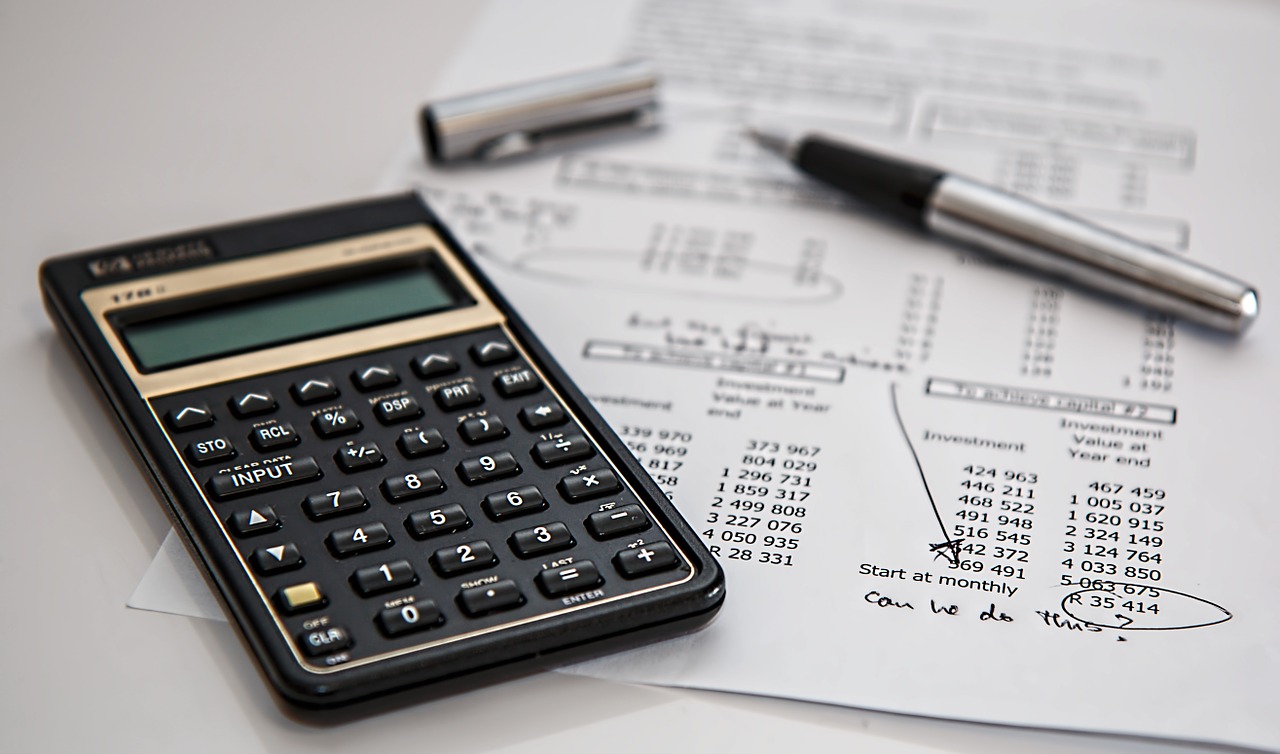
Although some people use the term blockchain interchangeably with distributed ledgers, these two buzzwords are not quite similar.
The popularity (or notoriety) of cryptocurrencies brought blockchain into the limelight and made it synonymous with tokenization and smart contracts. However, blockchains are just one implementation of distributed ledger technology (DLT).
For over a decade, blockchain was the only known (and first fully functional form) of DLT; however, the rapid advancement of the crypto industry has precipitated the creation of other DLT systems such as RaiBlocks (now NANO), Hashgraph, peaq and IOTA, and the Tangle Network.
These other forms of DLT are rapidly gaining popularity, thus reducing the industry's reliance on traditional blockchain systems. With more projects leveraging these forms of DLT, it is essential for enterprises to understand the differences between blockchains and distributed ledgers.
A distributed ledger is a database that exists among several participants or across several locations while DLT describes the technologies used to publicly or privately distribute information and records to the entities who use them.
Distributed ledgers are spread across several computing devices or nodes, where each device/node replicates and saves identical copies of a record to the ledger.
One of the most sought-after features of distributed ledgers is its decentralization. Individuals and organizations typically store their data on centralized databases that live at fixed locations, necessitating the use of third parties.
Distributed ledgers are not maintained by a central authority; they are decentralized, shifting the responsibility of managing data from intermediaries or a central authority to participant nodes. Enterprises can use DLT to validate, process and authenticate transactions as well as other forms of data exchanges.
Each update on a distributed ledger is independently constructed, and recorded by individual nodes. Before an entry is uploaded to the ledger, it must be validated (through voting) to ensure the addition of a single true copy. The voting is automatically carried out by a consensus algorithm. Once consensus is reached, the ledger updates itself and each node saves the agreed-upon copy of the ledger.
The structure and architecture of distributed ledgers help to cut down the cost of trust, thus reducing dependence on regulatory compliance officers, notaries, governments, lawyers and banks
Distributed ledgers offer individuals, enterprises and governments a new paradigm for collecting and communicating information and is set to revolutionize the way these entities interact with each other.
Blockchain is a type of distributed ledger where data is organized into blocks that are logically linked together to provide a valid and secure distributed consensus.
Like all distributed ledgers, blockchains do not depend on centralized authority or servers; they are managed by and distributed across peer-to-peer networks. Data quality is maintained by computational trust and database replication. However, the structure of a blockchain is unique and distinct from other forms of distributed ledgers.
The data on a blockchain is grouped and organized into blocks. Each block of data is closed by a cryptographic signature known as a "hash." This hash points to the next block, thus creating an unbroken chain of continuous data. The hash ensures that the encrypted information within each block cannot be manipulated.
A blockchain is a continuously growing list of records. It is built on an append-only structure, making deletion and alteration of data on earlier blocks impossible. Data can only be added to the database.
As such, blockchain technology is best suited for applications such as voting, tracking assets, processing transactions, managing records and recording events.
Every blockchain is a distributed ledger but not all distributed ledgers are blockchain. The two technologies share a conceptual origin; they are a digitized and decentralized log of records that require consensus among participating nodes to ensure the authenticity of data entries
However, they update their databases differently.
Blockchain organizes entries into blocks of data and uses an append-only structure to update its records. Once entries are made, they can't be deleted or modified in any way.
Under DLT, database owners have greater control over implementation. In principle, they can dictate the purpose, structure and functioning of the distributed ledger network. However, the network retains its decentralized nature since ledgers are stored across multiple servers that communicate to ensure the maintenance of an accurate and up-to-date record of transactions. DLT provides an auditable and verifiable history of information stored on a particular data set.
Researchers are beginning to find new and more interesting uses for blockchain and other digital ledger technologies.
These technologies are set to disrupt traditional processes and procedures in virtually all industries and have already had a significant impact on the financial sector (especially in the area of regulatory compliance and compliance policies).
Studies by Accenture show that by 2025, investment banks that leverage distributed ledger technologies may be able to reduce compliance cost by 30 to 50 percent.